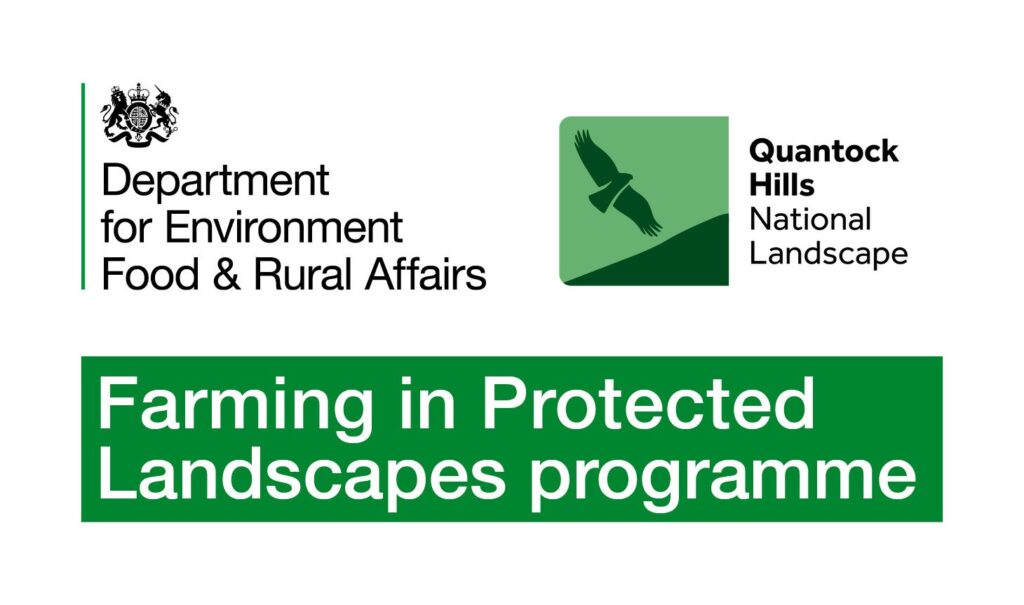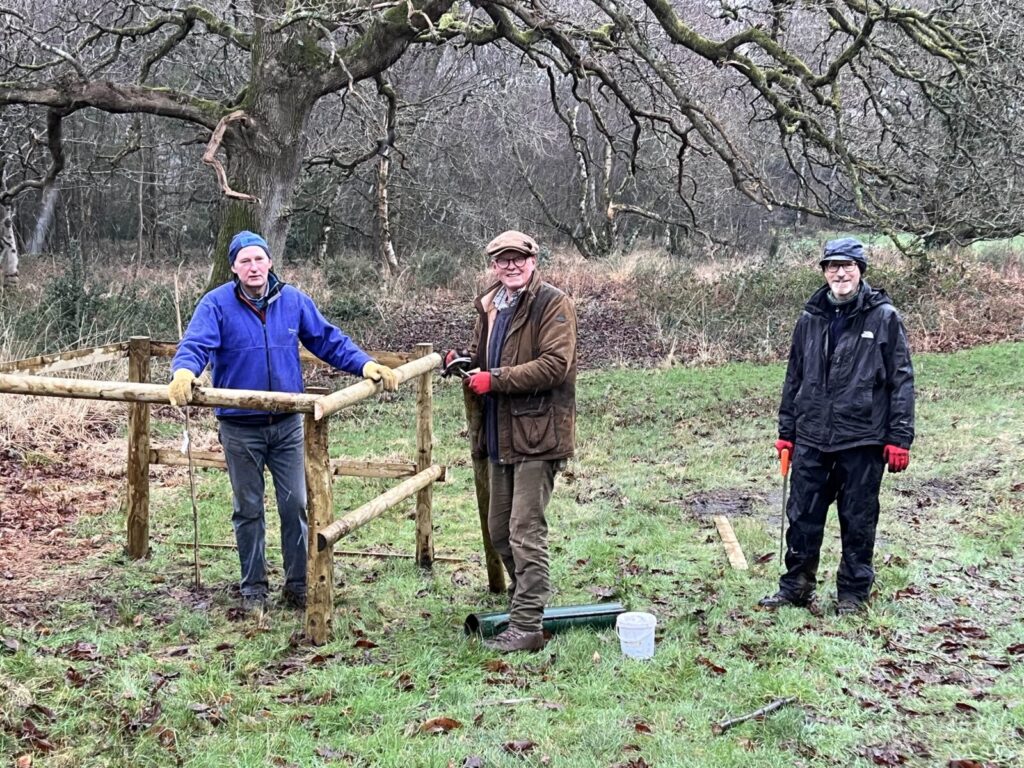The Quantocks is a great place to see butterflies with 31 species regularly recorded including four of the UK’s rarest and most threatened species.
Another three rare species – White-letter Hairstreak, Dingy Skipper and Grizzled Skipper – are considered local but have not been recorded in recent years and which, if included, bring our tally to 34 of the UK’s 59 species.
Declines
Sadly though, butterfly surveys carried out in 2024 on our own land showed a 50% decline on the previous year, mirroring the national results of that year’s Big Butterfly Count run by Butterfly Conservation. Butterfly Conservation declared a national butterfly emergency.
Whilst the weather is likely to be the greatest factor every year, habitat loss is certainly one of the factors affecting two of our rare Hairstreak butterflies. In the case of the White-letter Hairstreak (not recorded on the Quantocks since 2019), the butterflies like to lay their eggs on elm flower buds. However, sexually mature elm trees are being lost to Dutch Elm Disease and very few young hedge elm are being allowed to grow on. In the case of Brown Hairstreak butterflies (no known records this year and only low single-digit numbers over the previous few) these butterflies tend to lay eggs on young stems or where new growth meets an older stem on blackthorn bushes. This location means that eggs are often destroyed as hedges are flailed.
A New Hope
In October 2024, in response to the plight of these butterflies and with funding from the Farming in Protected Landscapes scheme, we began a long-term project to help the White-letter Hairstreak by initiating annual surveys and increasing the elm tree habitat it relies on.
The Elm & Hairstreak Project aims to:
- Train volunteers to identify White-letter Hairstreak (and Brown Hairstreak) in each of their life forms
- Search for White-letter Hairstreak
- Search for elm trees in flower and seed (in March/April)
- Search for caterpillars using UV lamps (in April/May)
- Search for adult butterflies (in June/July)
- Plant disease resistant elm trees (each Jan/Feb)
- Encourage farming practices that will support the butterflies
Encouraging Signs
In the first year of surveying, our volunteers identified caterpillars and adult butterflies living in a handful of elm trees that have so far resisted disease. These are the first sightings of White-letter Hairstreak since 2019!
From this benchmark data, we can begin to monitor both the health of the trees and their butterfly communities over the coming years. Along with planting significant numbers of new disease-resistant elm saplings during the winter months, we’re doing what we can to ensure the Hairstreaks remain a part of the special landscape of the Quantocks.
How You Can Help
In the springtime, let us know of any Elm trees you see that have flower or seed on them (please make sure you don’t access land that you do not have permission to). This information will help us focus our search for White-letter Hairstreak eggs, caterpillars and then the butterflies in the places they are most likely to be present.
You can record any such sightings via the iNaturalist app, (making sure you share the location) or you can send us an email including grid coordinates or what3words location to [email protected]
If you would like to help with the any of the surveys or the project in any other way or if you own land and would be interested in planting elms, please do contact us on [email protected]
Join the Friends of the Quantocks!
Membership fees help to match-fund the Elm & Hairstreaks Project and similar conservation efforts. Annual membership is £25 and you’ll be making a valuable contribution to protecting the special habitats and wildlife of the Quantock Hills. Become a Friend of the Quantocks.

[Photos: Gilles San Martin/Butterfly Conservation and Robin Stamp.]





